
Ried im Innkreis is a town in the Austrian state of Upper Austria, approximately 70 km (43 mi) west of Linz and 60 km (37 mi) north of Salzburg. It is the capital of the district of Ried im Innkreis, and it serves as the administrative centre for the Innviertel region.
Hohenzell is a municipality in Upper Austria. It is situated in the district of Ried im Innkreis in the Innviertel and has 2,002 inhabitants. The responsible jurisdiction is Ried im Innkreis.

Mehrnbach is a municipality in Upper Austria. It is situated in the district of Ried im Innkreis in the Innviertel.
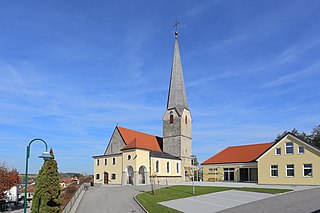
Senftenbach is a community in Upper Austria in the district of Ried im Innkreis.
Moosbach is a municipality in the Braunau am Inn in the Austrian state of Upper Austria.

Polling im Innkreis is a municipality in the district of Braunau am Inn in the Austrian state of Upper Austria.
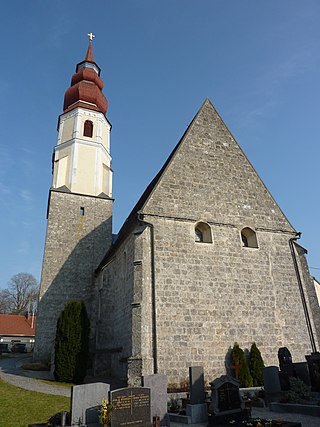
St. Veit im Innkreis is a municipality in the district of Braunau in the Austrian state of Upper Austria.
Schwand im Innkreis is a municipality in the district of Braunau am Inn in the Austrian state of Upper Austria.

Weng im Innkreis is a municipality in the district of Braunau am Inn in the Austrian state of Upper Austria.

Eitzing is a municipality in the district of Ried im Innkreis in the Austrian state of Upper Austria.

Andrichsfurt is a municipality in the district of Ried im Innkreis in the Austrian state of Upper Austria.

Geinberg is a municipality in the district of Ried im Innkreis in the Austrian state of Upper Austria.

Kirchheim im Innkreis is a municipality in the district of Ried im Innkreis in the Austrian state of Upper Austria.
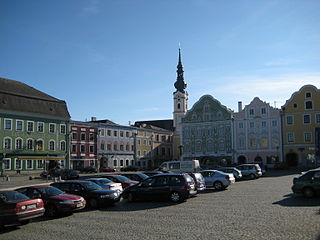
Obernberg am Inn is a municipality in the district of Ried im Innkreis in the Austrian state of Upper Austria.
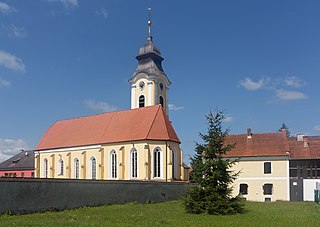
Ort im Innkreis is a municipality in the district of Ried im Innkreis in the Austrian state of Upper Austria.

St. Martin im Innkreis is a municipality in Ried District, in the Austrian state of Upper Austria.
Taiskirchen im Innkreis(Austro-Bavarian: Tåskira / German: Taiskirchen im Innkreis) is a municipality in the district of Ried im Innkreis in the Austrian state of Upper Austria.
Weilbach is a municipality in the district of Ried im Innkreis in the Austrian state of Upper Austria.
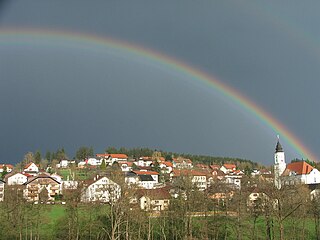
Kopfing im Innkreis is a municipality in the district of Schärding in the Austrian state of Upper Austria.

Rainbach im Innkreis is a municipality in the district of Schärding in the Austrian state of Upper Austria.


















